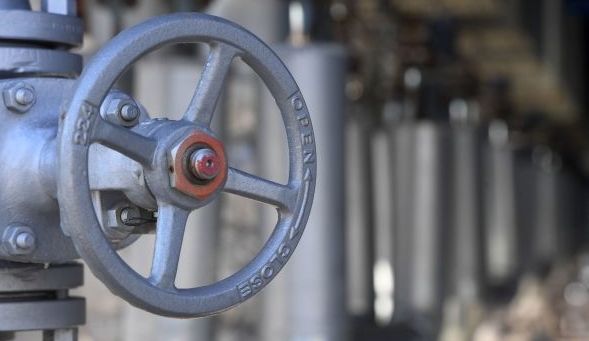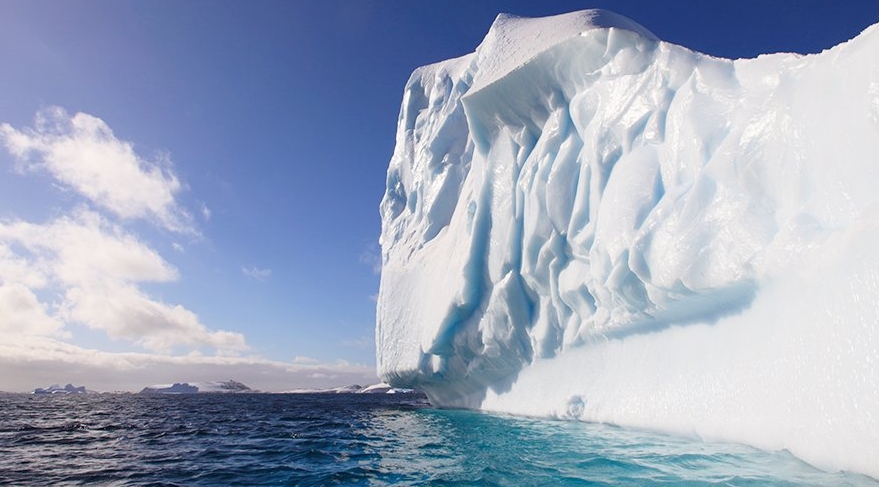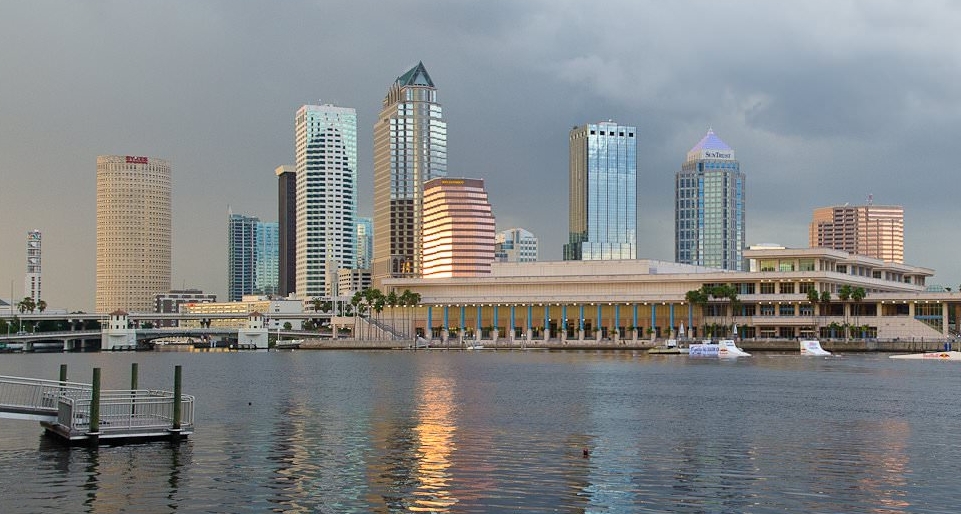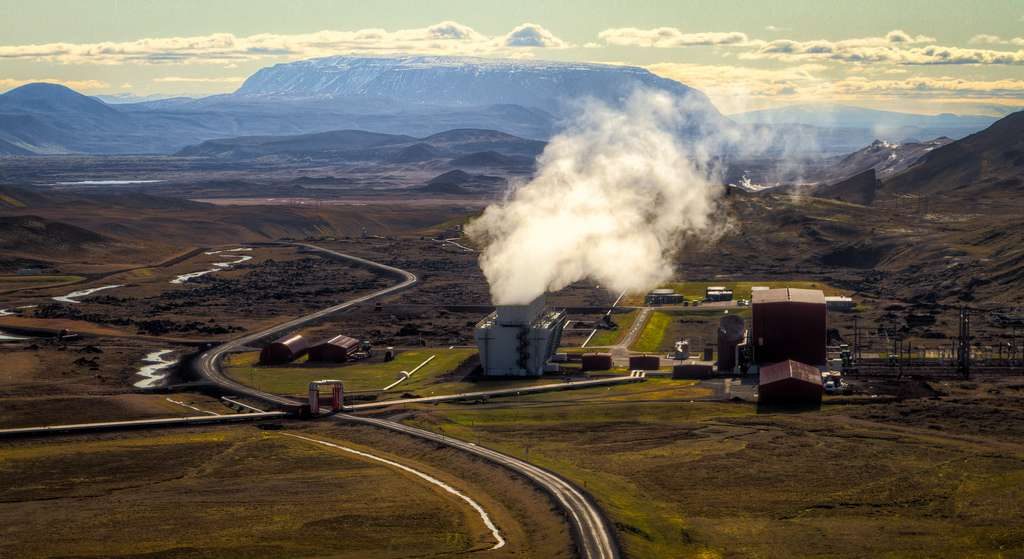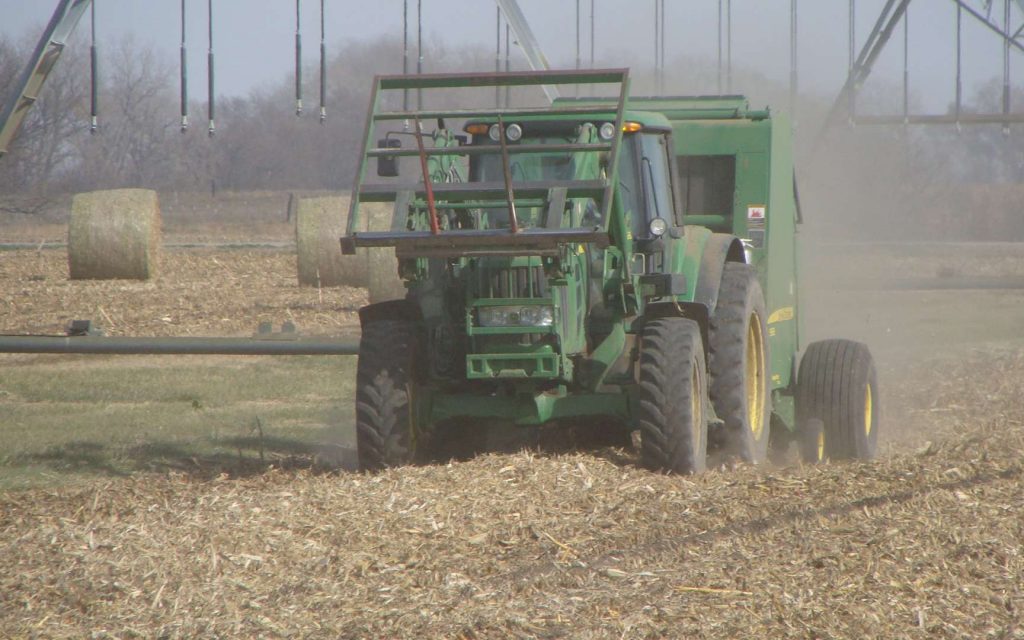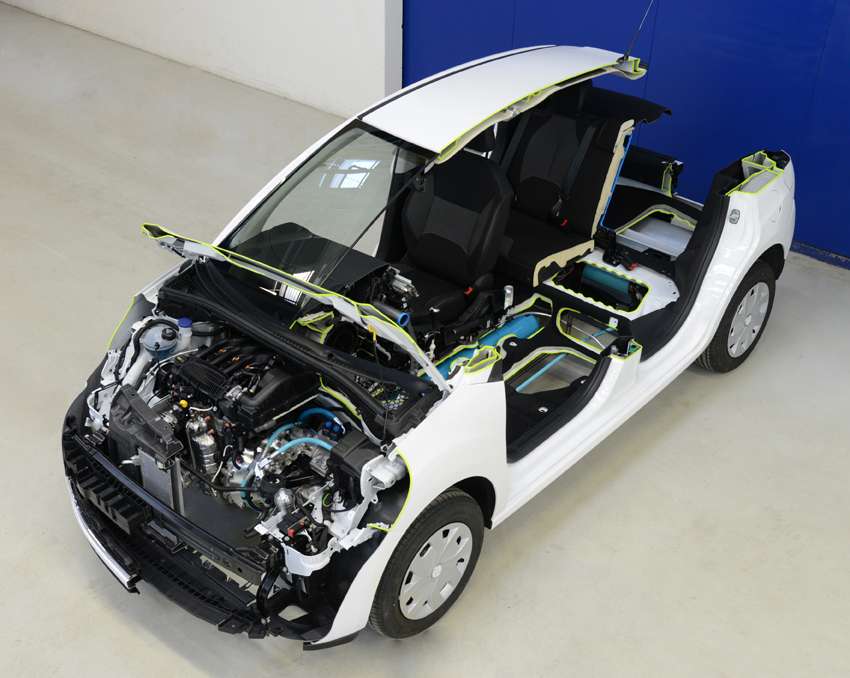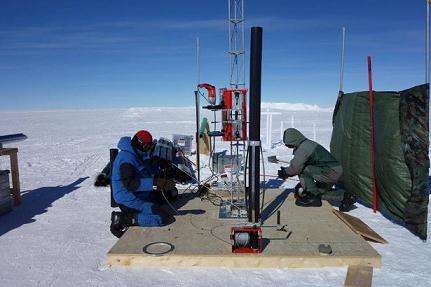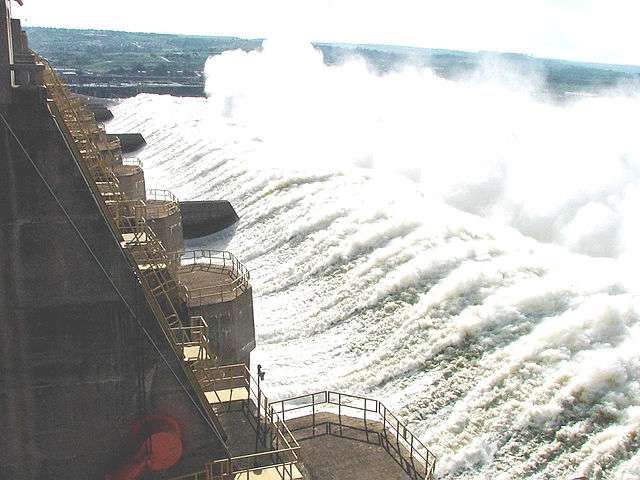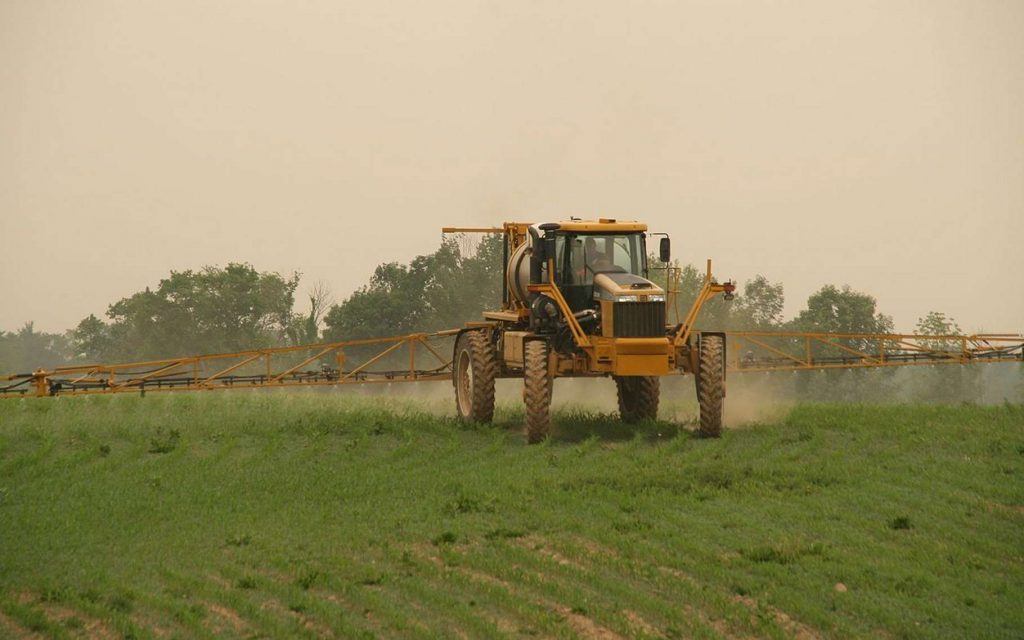Europe’s hydrogen hub: Lithuania dreams of becoming a green hub
Lithuania intends to actively develop hydrogen technologies as part of the transition to renewable energy sources. The Lithuanian Ministry of Energy will soon announce a tender to prepare guidelines for the development of the country’s hydrogen sector, the Ministry of Energy of the Republic said. The country is now preparing a national study on the…
Read more
One of the glaciers in Antarctica is on the verge of collapse
Larsen is the warm wind’s first obstacle to a full invasion of Antarctica. One of the largest ice shelves in Antarctica is currently under threat. Scientists believe that it could collapse in the coming months due to warm mountain winds set over this section of the Earth due to climate change. Global warming has led…
Read more
Major American city is on the brink of ecological disaster due to toxic water
They have been trying to solve problems with toxic waste in this area for more than a dozen years. The large American city of Tampa in Florida is on the verge of an environmental disaster due to the huge amount of toxic liquid waste. The 800 million gallons of toxic water required to be eliminated…
Read more
Geothermal energy: a power plant in Iceland uses the heat of magma
In 2009, a borehole drilled near the Icelandic geothermal power plant at Krafla reached a magma pocket. Since then, and for two years, superheated water (temperature over 450 ° C) has been used to produce green electricity efficiently. A specialist journal has just published 16 articles on this experience and its implications. Inaugurated in 1977,…
Read more
Corn-based biofuel more polluting than petrol
A fuel classified as ecological because produced from corn husks would actually emit more greenhouse gases than traditional gasoline. Researchers show that a large amount of carbon dioxide (CO2 ) would be released into the air if it were not captured in the soil without the leaves of the plant necessary for the natural process. The…
Read more
Hybrid Air, PSA’s gasoline-compressed air hybrid in 2017… maybe
A modified Peugeot 2008 serves as a prototype for this concept of hybrid powertrain using petrol and compressed air, and presenting a lower cost than thermal-electric. Efficient in town and less on the road, the system is ready but PSA is still looking for partners. Marketing in 2017 is therefore uncertain. The idea is old…
Read more
Biobatteries could make better use of biomass
In the range of renewable energies, that which can be drawn from biomass has the advantage of not being subjected to the vagaries of the weather like wind or solar can be. However, the yields from biomass recovery plants remain unsatisfactory. With their installation called “biobattery”, German researchers offer an innovative solution. German researchers from…
Read more
Subglacior will work under the ice to explore the past climate
Why did the rate of glaciation suddenly slow down about a million years ago? Perhaps because of a drop in carbon dioxide which has modified the response of the Earth’s climate to orbital variations of the Planet. The only possible verification is in Antarctica and will probably come, initially, from Subglacior, a probe which dates…
Read more
Biodiversity: the damage of the Balbina dam in the Amazon
Designed as a source of renewable energy, hydroelectric dams can significantly degrade local flora and fauna. The case of the Balbina dam in Brazil, analyzed in a scientific study, attests to this. Research on one of the world’s largest hydroelectric dams in the flooded area, the Balbina dam, in Brazil, reveals a loss of mammals,…
Read more
Sustainable pesticides installed in homes close to crops
The association Generations futures, which campaigns against the excessive use of pesticides, announced to have found them inside houses located very close to agricultural activities, in particular near vineyards. In itself, there is nothing surprising but some are notorious endocrine disruptors, three of which are prohibited. The method is not scientific and does not quantify…
Read more
